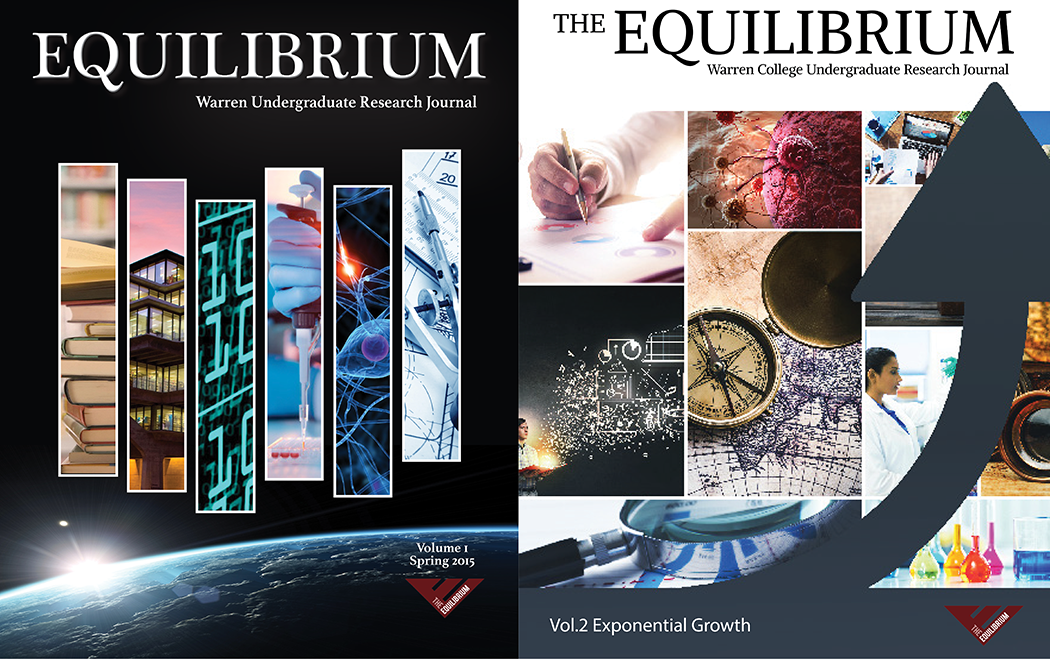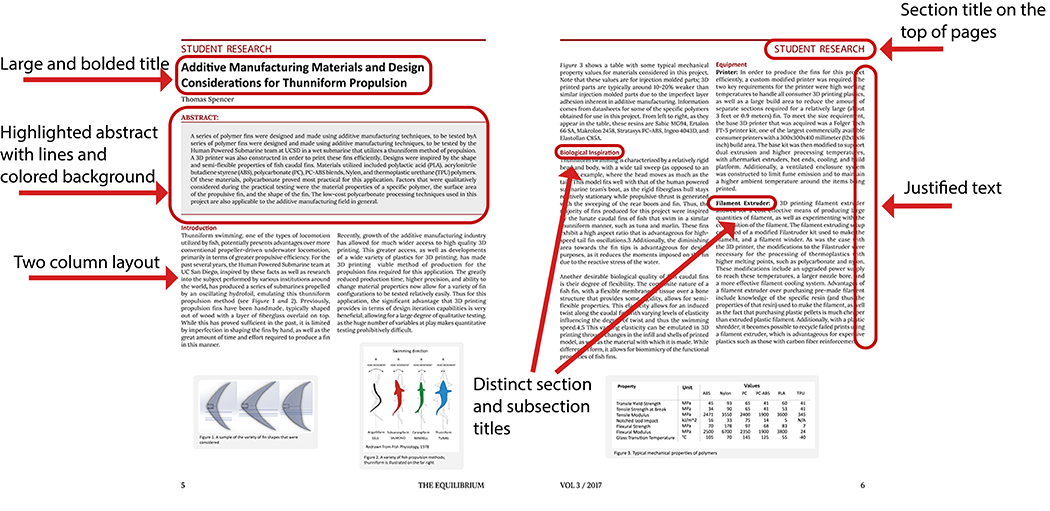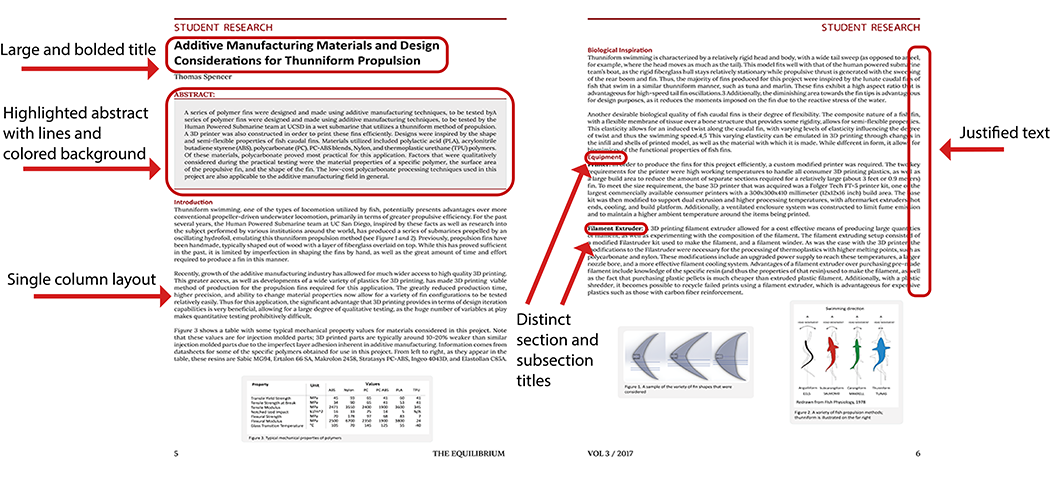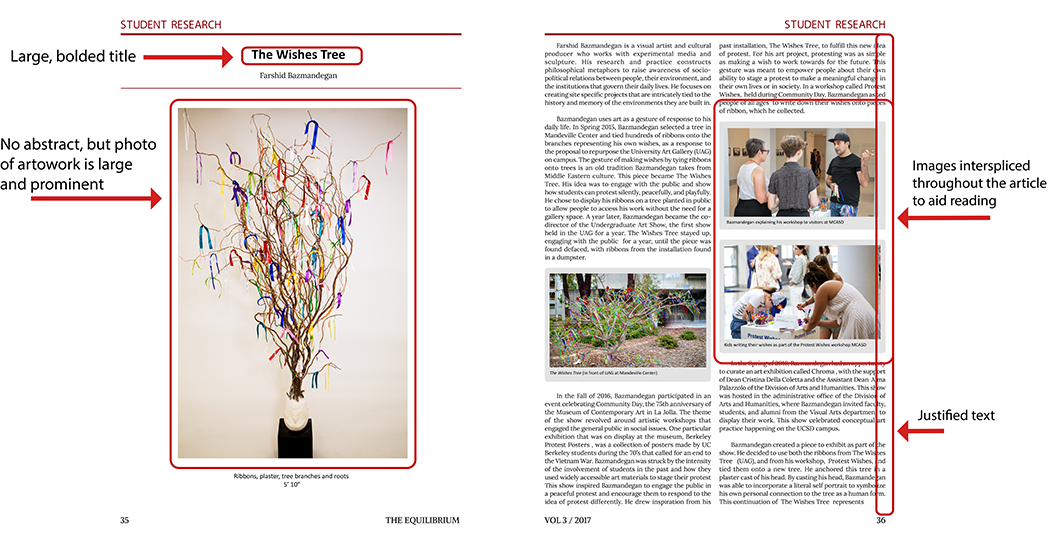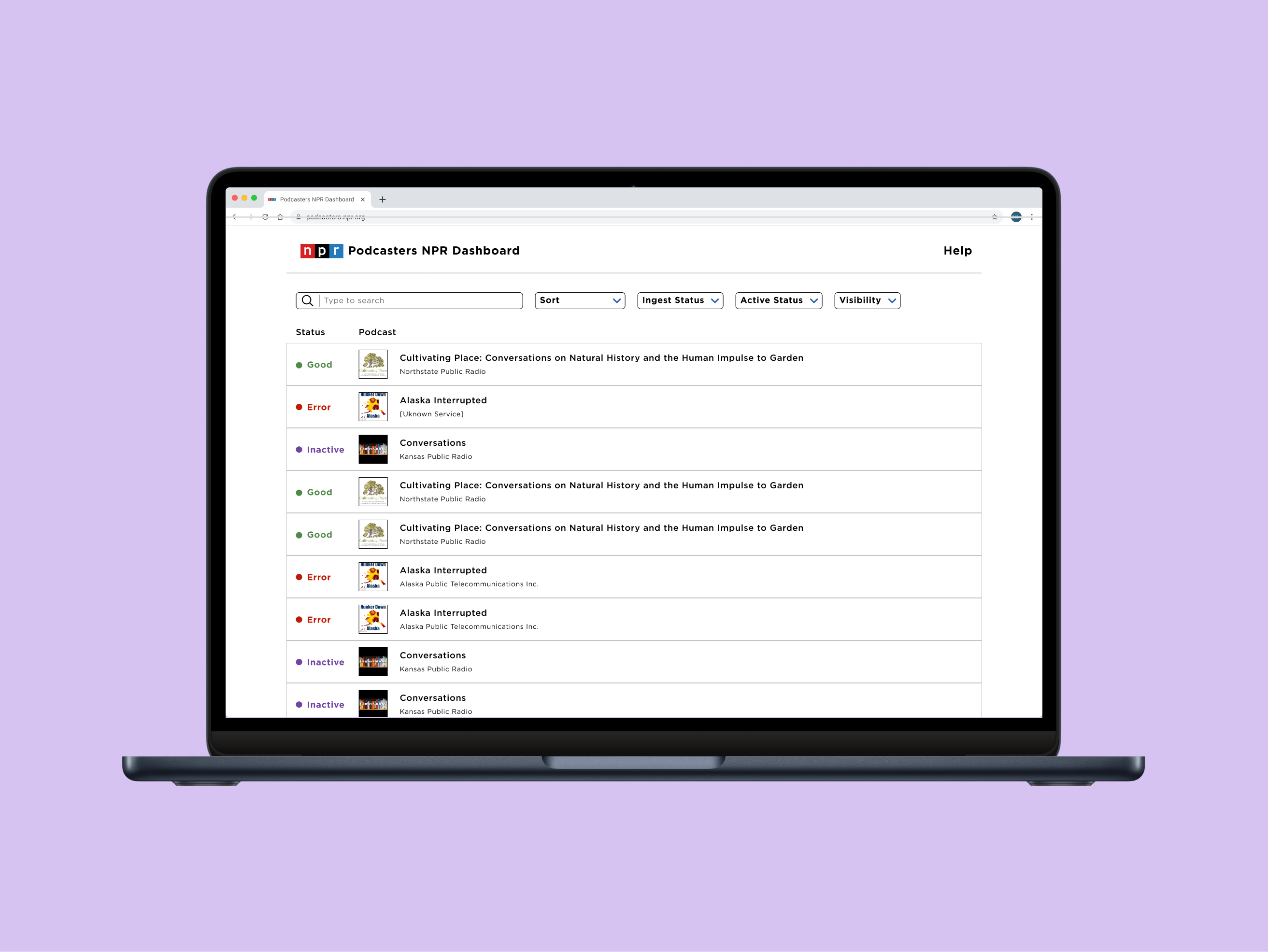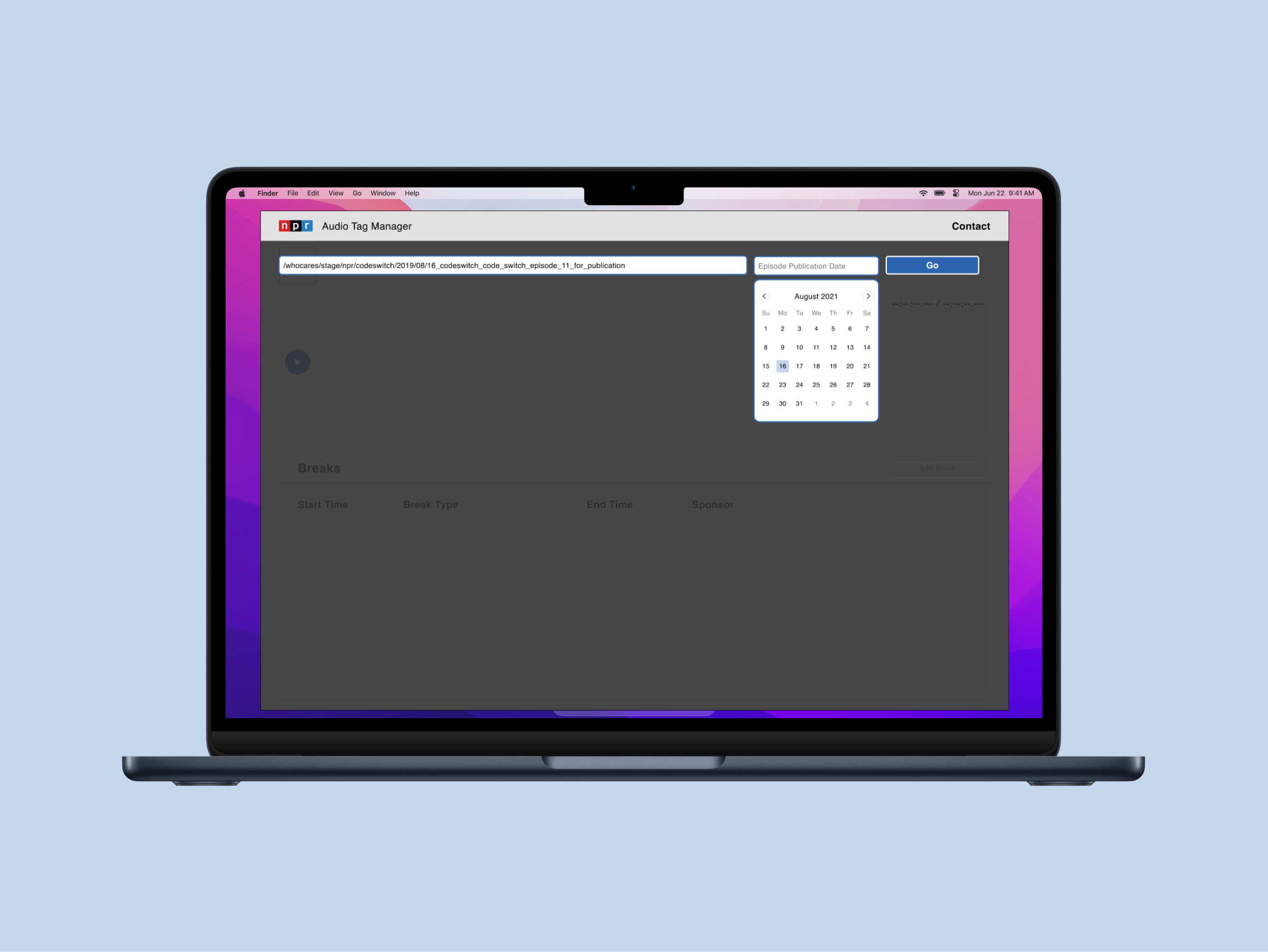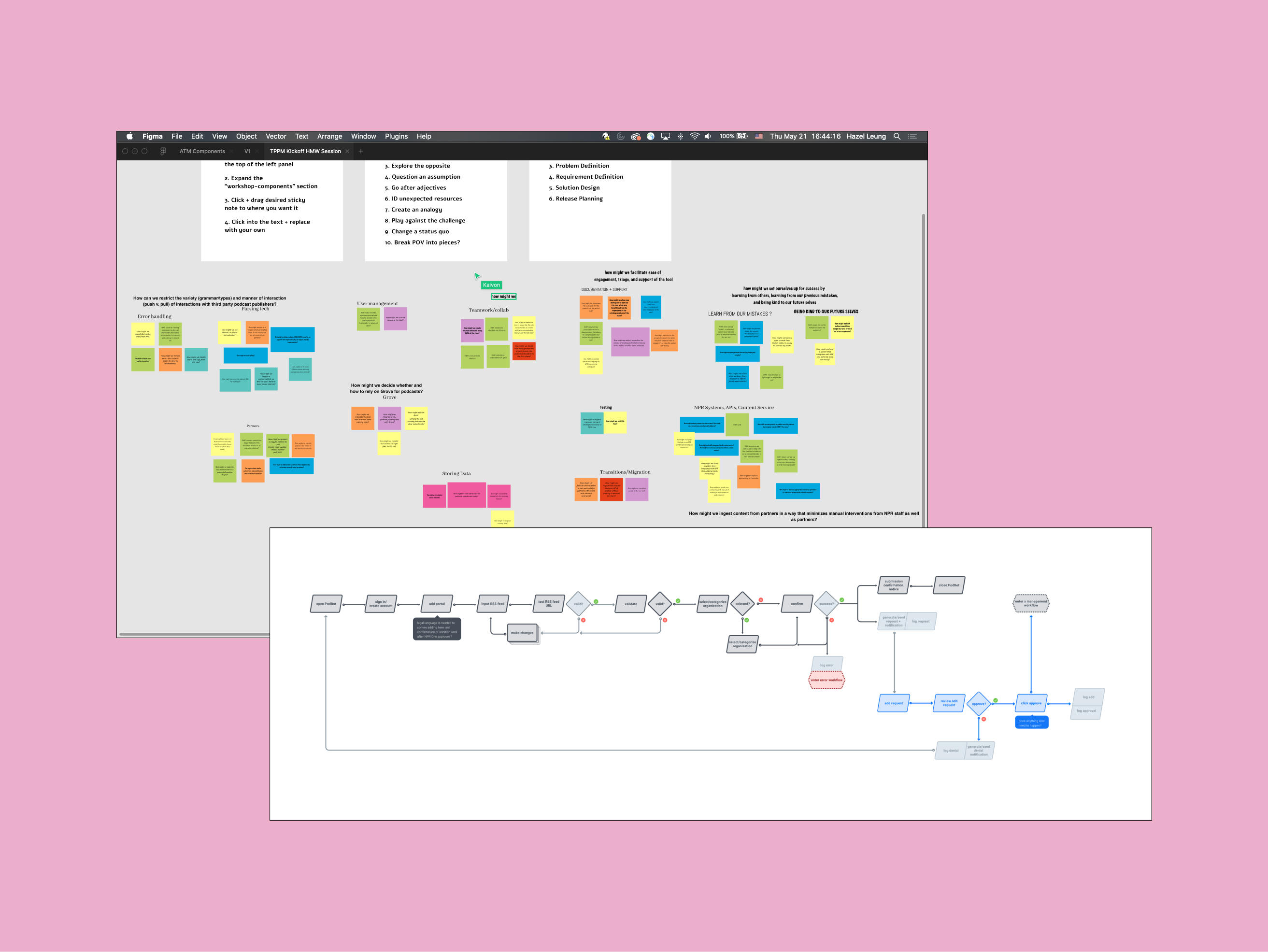The Equilibrium is a relatively new organization, and because of this, branding and design has been inconsistent and experimental. For this issue, we wanted to make the journal more professional, coherent, and consistent. Since The Equilibrium is an interdisciplinary research journal, a particular challenge was presented: How do we create an effective page layout that clearly showcases, represents, and supports all types of research, regardless of the research field.
The Equilibrium, Volume III
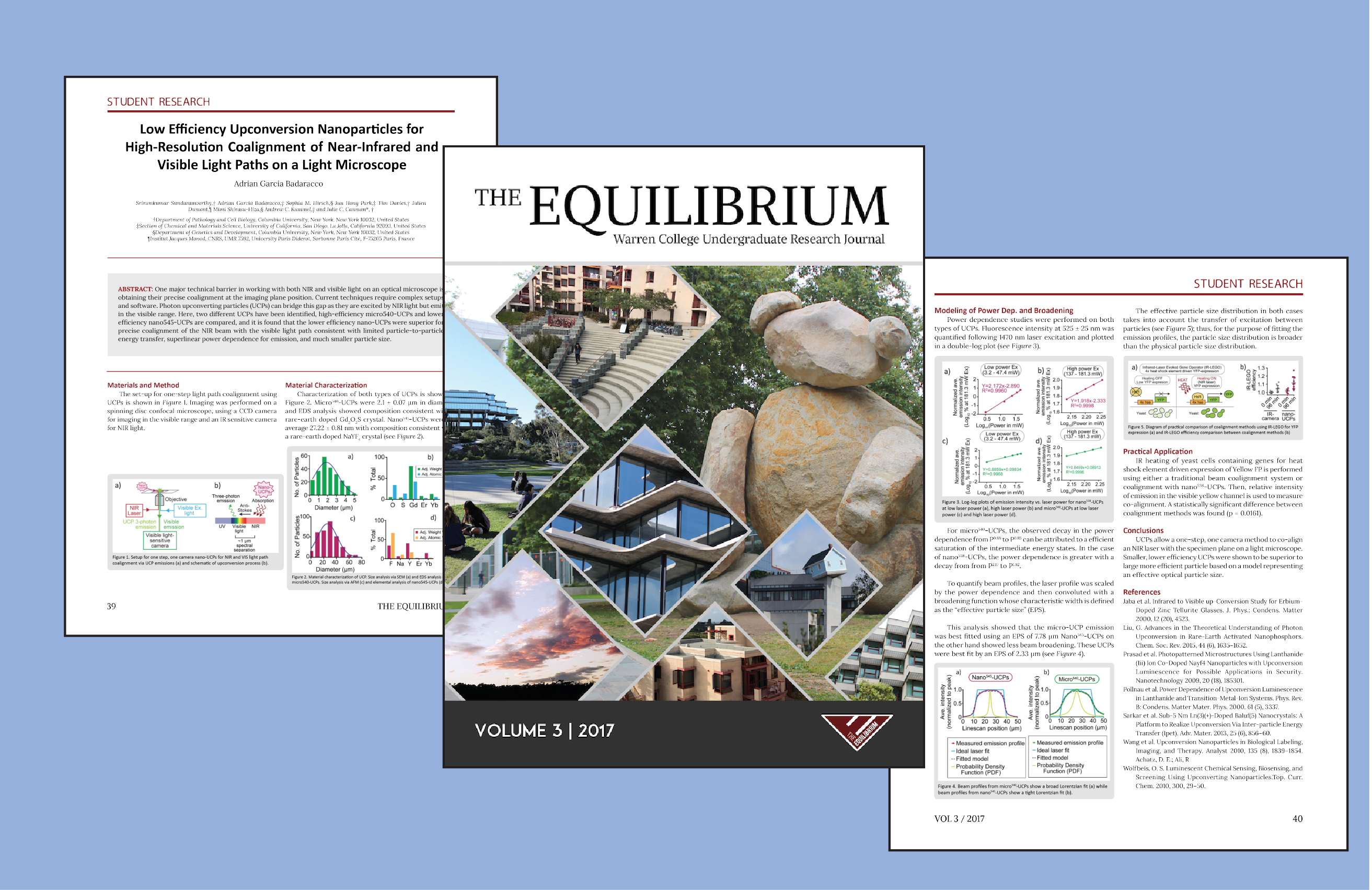
THE BACKGROUND
Designing an interdisciplinary research journal that features research done by undergraduates of Earl Warren College at UC San Diego.
The Equilibrium is a student organization that annually publishes a research journal filled with research done by undergraduates in the Earl Warren college. This project covers the design work done for the third edition of the journal, published in summer of 2017.
THE TEAM
I was the main design editor on the team and worked with the larger organization of journal editors for feedback and coordination of content.
THE METHODOLOGY & TOOLS
I utilized Adobe InDesign to create the cover and page designs, and I used competitve analysis and user interviews methodologies to gather data.

